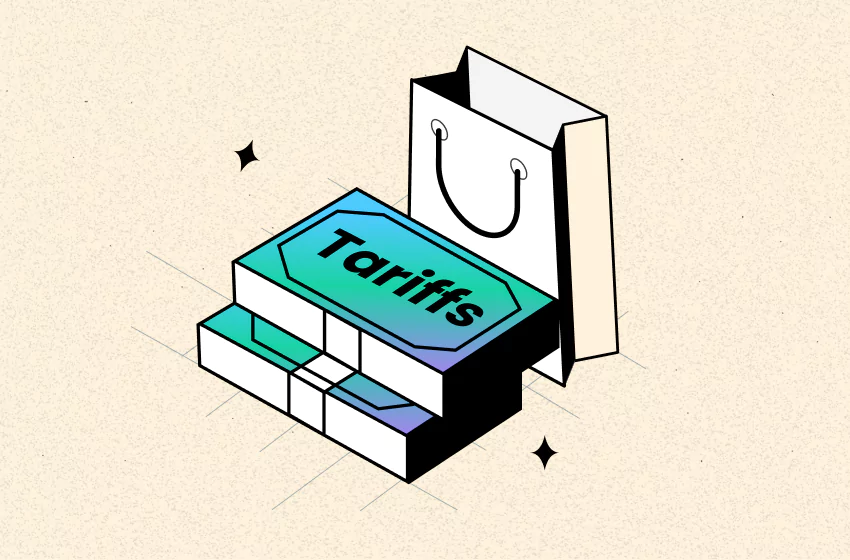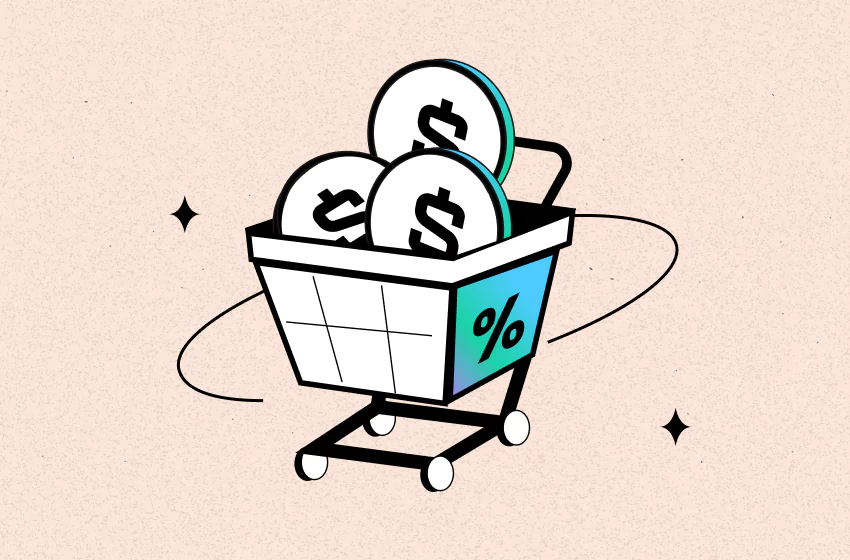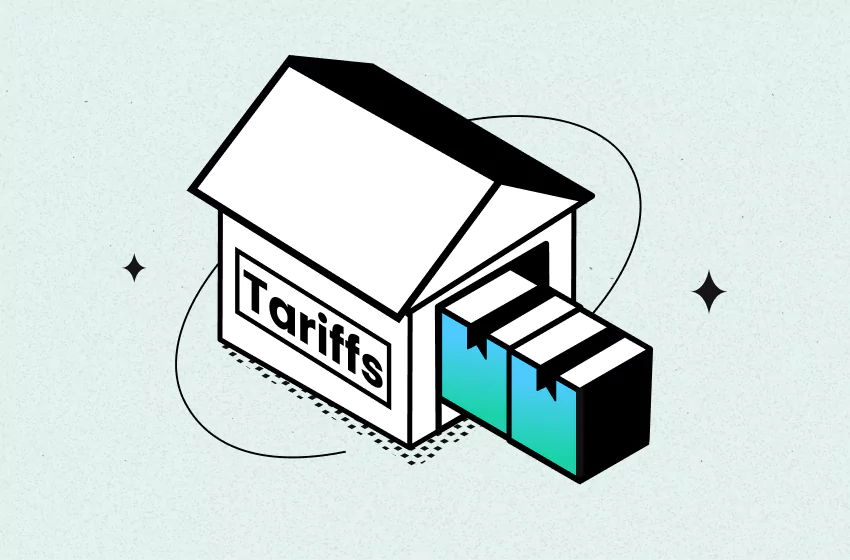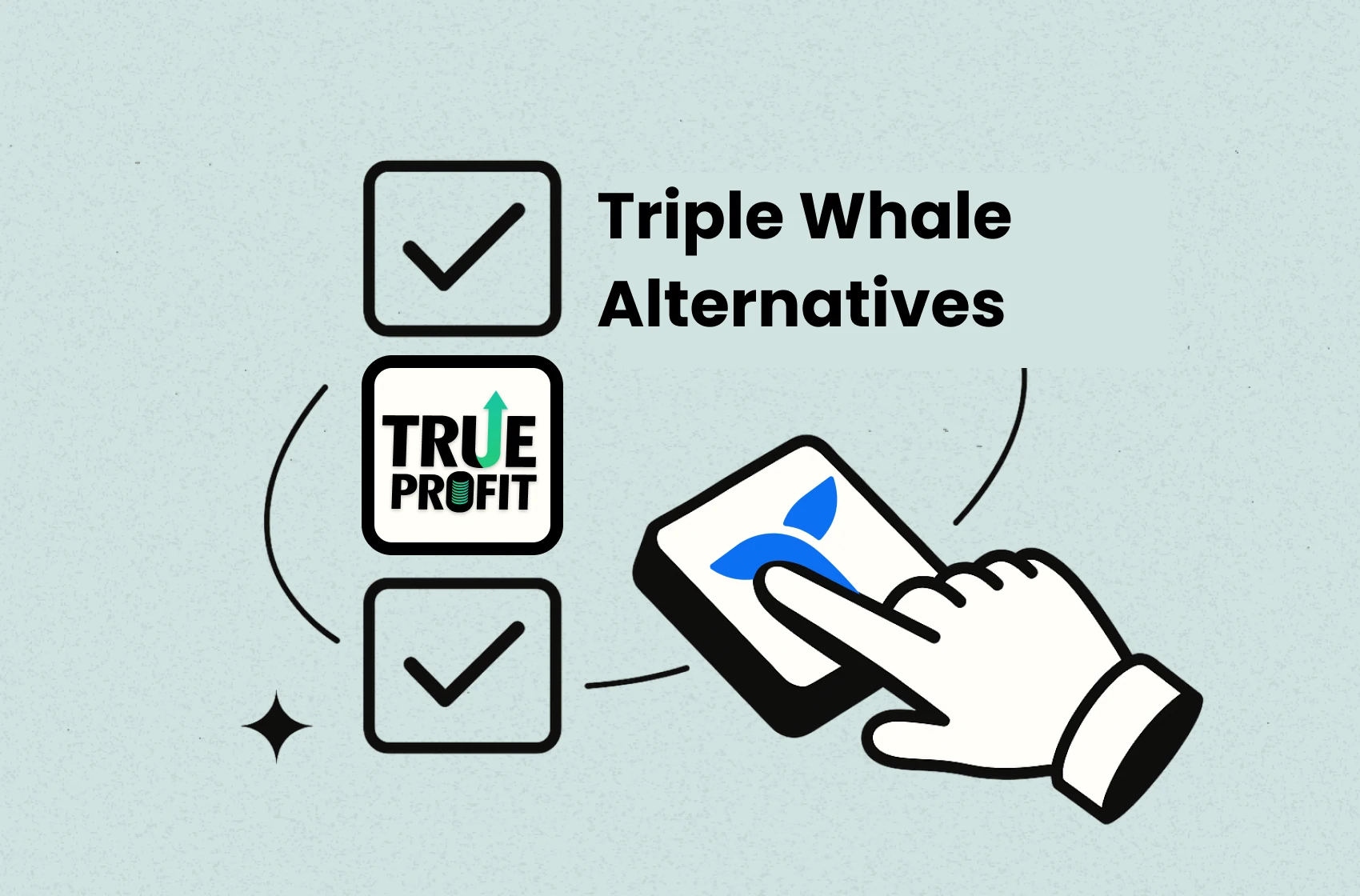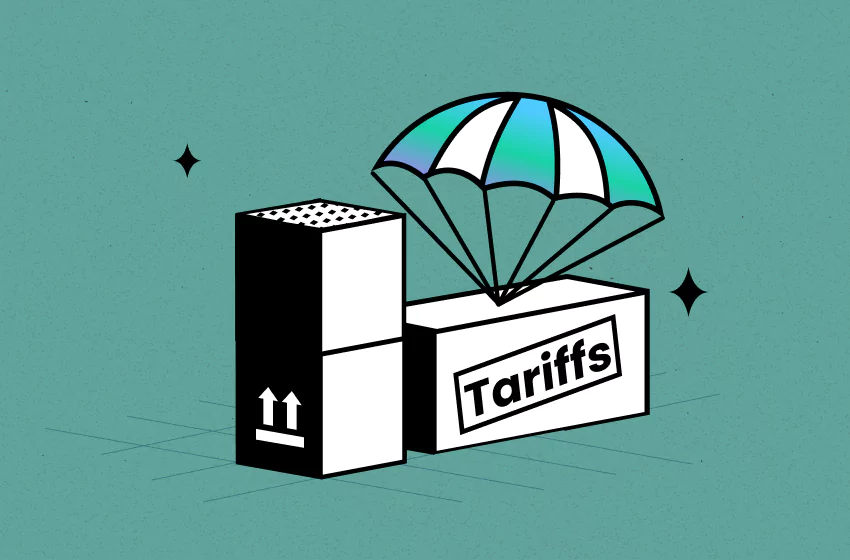How Tariffs Affect Net Profit for Small Businesses (June 2025)
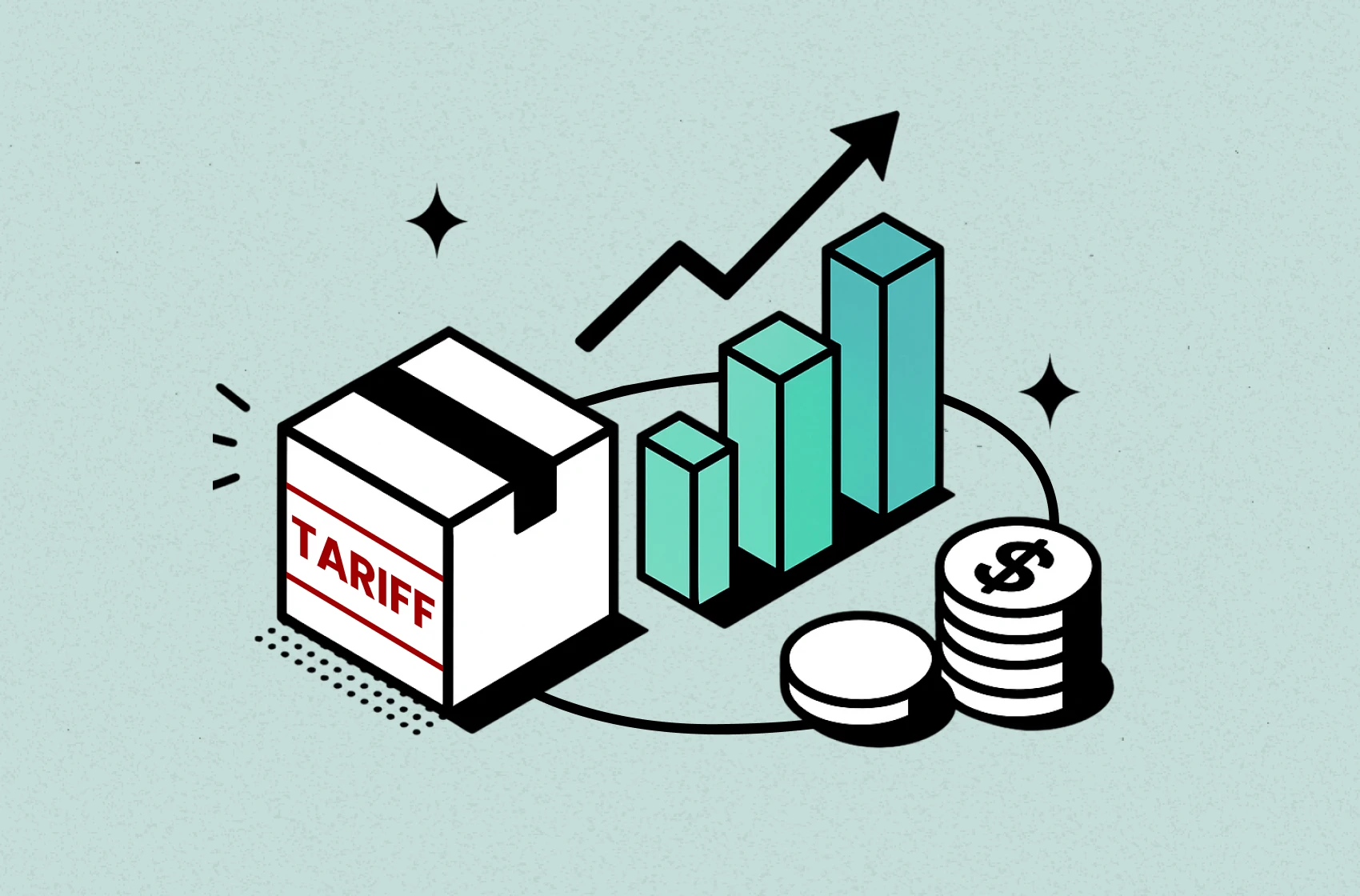
Understanding how tariffs affect net profit isn’t optional—it’s essential.
Tariffs can shrink your profit margins fast—especially if you're a small eCommerce business.
In this guide, we’ll break down how tariffs impact your bottom line and show you 7 practical ways to protect your profit—even during trade policy shifts.
US-China Ecommerce Tariffs Updates (May 2025): 145% to 30%
After months of rising tension, the US will lower its average ecommerce tariffs on Chinese goods from 145% to 30%, while China will cut its levies on American imports from 125% to 10%.These changes are set to take effect by May 14 and will last for 90 days.China has also agreed to suspend non-tariff countermeasures, such as export restrictions and investigations into US companies.
Let’s break it down:
Scenario | Before (145% Tariff) | Now (30% Tariff) |
|---|---|---|
Import cost for $10,000 shipment | $24,500 total | $13,000 total |
Tariff paid | $14,500 | $3,000 |
The drop from 145% to 30% tariff is good news for small businesses importing from China. However, it’s important to remember that 30% is still quite high compared to historical US tariff rates, which have typically stayed below 5% over the past 50 years. More importantly, the 90-day reduction is only a part of an ongoing negotiation, and both governments have signaled this is a starting point, not a final deal.
Industry experts believe the rates could continue to fall—but they also warn that a breakdown in talks could bring tariffs back just as fast.
That’s why it’s crucial to understand how a 30% tariff actually impacts your net profit. Use this window to run the numbers, assess how much cost relief you’re actually getting, and prepare for tariffs as an ecommerce business.
How Do Tariffs Affect Net Profit of Small Businesses?
How do tariffs affect businesses in 2025? Let’s break down the key impacts one by one with clear, ecommerce-specific examples:
1. Higher Cost of Goods Sold (COGS)
A 30% tariff on imported products significantly raises the per-unit cost, reducing gross profit unless prices are adjusted.
Metric | Before Tariff | After 30% Tariff |
|---|---|---|
Import cost per unit | $5.00 | $6.50 |
Selling price | $15.00 | $15.00 |
Gross profit per unit | $10.00 | $8.50 |
For every unit sold, you're now earning $1.50 less — and that adds up quickly across orders.
2. Tougher Pricing Decisions
Now you must choose: eat the cost or pass it on to your customers?
Option | Outcome |
|---|---|
Keep price at $15.00 | Profit drops from $10 → $8.50 |
Raise price to $16.50 | Maintains profit but risks reduced sales |
You may protect margins, but could hurt conversions or repeat purchases. It's a delicate balance.
3. Supply Chain Disruptions
If you're trying to avoid the tariff by switching suppliers, that comes with trade-offs too.
Scenario | Result |
|---|---|
Keep using overseas supplier | 30% import cost hike |
Switch to local/domestic | Higher baseline cost, longer lead times |
Delay in restocking | Risk of stockouts and lost sales |
Switching isn't always cheaper — and often leads to downtime or unexpected costs.
4. Increased Operating Expenses
Tariffs don’t just apply to products — they can hit raw materials, packaging, tools, and machinery too.
Item | Before Tariff | After 30% Tariff |
|---|---|---|
Packaging material (imported) | $0.50 | $0.65 |
Fulfillment tool subscription | $200/month | $260/month |
These added costs don’t show up on your product pages — but they cut into your net profit all the same.
5. Market-Wide Inflation Effects
When tariffs increase prices across industries, inflation can lower consumer spending and increase your customer acquisition costs (CAC).
Metric | Before Tariff | After Tariff Impact |
|---|---|---|
Ad spend (daily) | $100 | $100 |
Conversions | 10 | 7 |
CAC | $10.00 | $14.28 |
ROAS | 3.0 | 2.1 |
Tariffs hurt more than product costs — they ripple through ads, demand, and customer behavior.
7 Actionable Ways to Protect Your Net Profit During Tariff Changes
Tariffs are unpredictable—but your profits don’t have to be. Here are 7 actionable ways to stay profitable when import costs rise:
Tip 1: Calculate true profit margins after tariffs and duties: Don’t just look at product cost—factor in duties, shipping, currency fees, and platform charges to see your real profit.
👉Use tools like a profit margin calculator to understand exactly how tariffs are affecting your margins.
Tip 2: Adjust product pricing to absorb rising costs: A small price bump—framed with clear value—can protect your margin without hurting conversion.
Tip 3: Replace high-tariff products with low-duty alternatives: Switching materials, sizes, or HS codes could drop your tariff rate fast—without changing your niche.
Tip 4: Source from countries with lower tariff rates: Countries like Vietnam or India may offer similar products at a much lower total landed cost than China.
Tip 5: Use product bundling to increase average order value: Create value-packed bundles so customers feel like they’re saving—even when your costs go up.
Tip 6: Work with suppliers who offer tax-inclusive pricing: Ask for DDP (Delivered Duty Paid) to avoid surprise import fees and simplify forecasting.
Tip 7: Prioritize ad spend on high-margin, low-tariff SKUs: Focus your budget on best-sellers that are both profitable and minimally impacted by tariffs.
Want the full breakdown with examples and tips?👉 Read our 7 Ways To Protect Profit from Tariffs article.
Why Tracking Net Profit in Real Time Matters Now More Than Ever
“When tariffs change, your profits don’t just shrink—they shift silently.”
That’s the warning from eCommerce analysts, and it’s especially true today. With tariff rates dropping from 145% to 30%, many sellers are seeing cost relief—but that 30% is still 6x higher than historical U.S. averages. And because this change is temporary, real-time visibility into profit isn't optional—it’s survival.
Here’s a clear comparison table showing the difference between managing profits with and without real-time data during tariff fluctuations:
Managing Profits | ❌ Without Real-Time Data | ✅ With Real-Time Data |
|---|---|---|
Tariff Impact Response | Reacts late to tariff hikes or reductions | Adapts pricing or sourcing immediately based on updated tariff rates |
Ad Spend Efficiency | Wastes budget promoting low-margin or loss-making products | Allocates budget to high-margin, low-tariff SKUs for better ROAS |
Profit Visibility | Relies on estimates or end-of-month reports | Sees net profit per SKU instantly, including all hidden costs |
Product Pricing Decisions | Priced blindly without knowing current costs | Adjusts prices dynamically to protect margins |
Operational Flexibility | Slower reaction to shipping or COGS increases | Makes fast calls on bundles, sourcing, or offers with full margin clarity |
Business Risk | Higher risk of unprofitable orders during volatile trade periods | Lower risk due to ongoing, accurate financial insights |
Real-time profit tracking isn't an extra cost. It’s a smart investment that helps you adapt, protect your margins, and grow—even in a crisis.
So the question isn’t if you need it. It’s how fast you’re willing to act.
Invest in profit tracking software like TrueProfit that gives you real-time data on COGS, fees, ad spend, and shipping costs for each SKU.


Tariffs Affect Net Profit FAQs
What does a 30% tariff actually mean for my product costs?
It means you’re paying 30% more on top of your product’s declared value when importing—this can drastically reduce your profit margin if you don’t adjust pricing or sourcing.
Is 30% tariff the new normal or will it change again?
It’s not the long-term baseline. The 30% rate is part of a temporary reduction. Depending on trade negotiations, it could drop further—or jump back up.
How do I know which products are most affected by tariffs?
Use the product’s HS (Harmonized System) code and check it against the U.S. Harmonized Tariff Schedule. High-duty categories include electronics, home goods, fashion, and packaging.
What tools can help me calculate true profit after tariffs?
Tools like TrueProfit can automatically track costs, including tariffs, shipping, platform fees, and show your real profit per order.
Should I raise prices when tariffs increase?
In many cases, yes—but do it strategically. Small price increases with clear value messaging often don’t hurt conversions.
Are there ways to reduce tariff costs without changing my niche?
Yes. You can swap materials, change product dimensions, or source from countries with lower tariff rates—like Vietnam or India—without changing your brand’s direction.
What is DDP shipping and how does it help with tariffs?
DDP (Delivered Duty Paid) means your supplier handles import taxes and fees, helping you avoid surprise costs and simplifying financial planning.
How can I protect my ad budget from tariff-related profit loss?
Focus your ad spend on products that have healthy margins and are least impacted by tariffs to maintain a strong ROAS (return on ad spend).
Leah Tran is a Content Specialist at TrueProfit, where she crafts SEO-driven and data-backed content to help eCommerce merchants understand their true profitability. With a strong background in content writing, research, and editorial content, she focuses on making complex financial and business concepts clear, engaging, and actionable for Shopify merchants.




